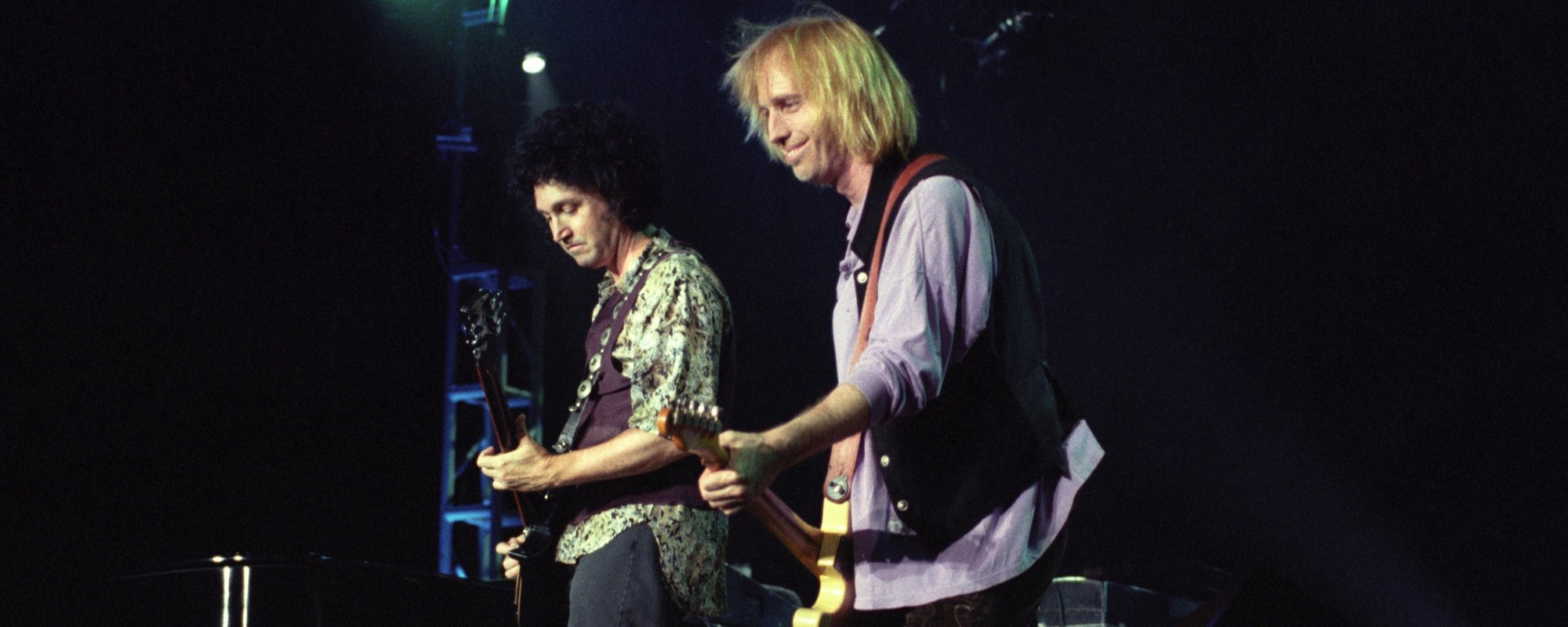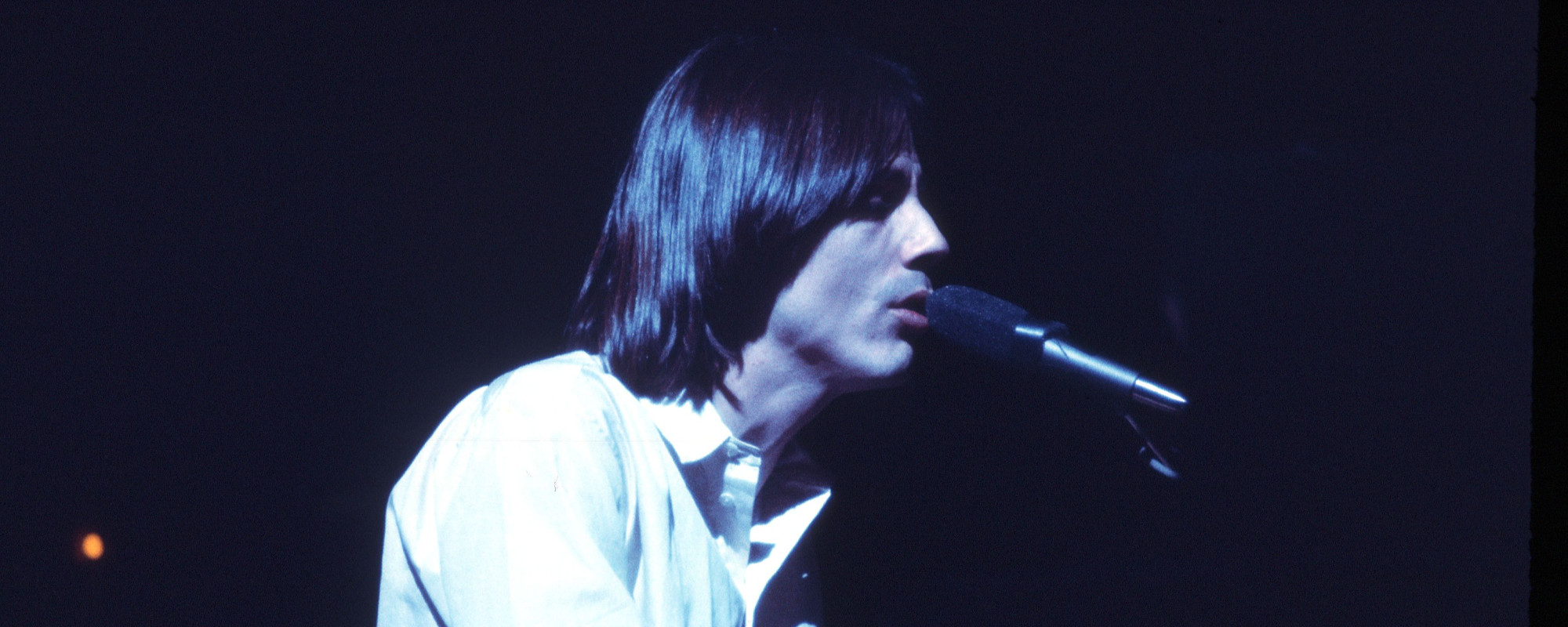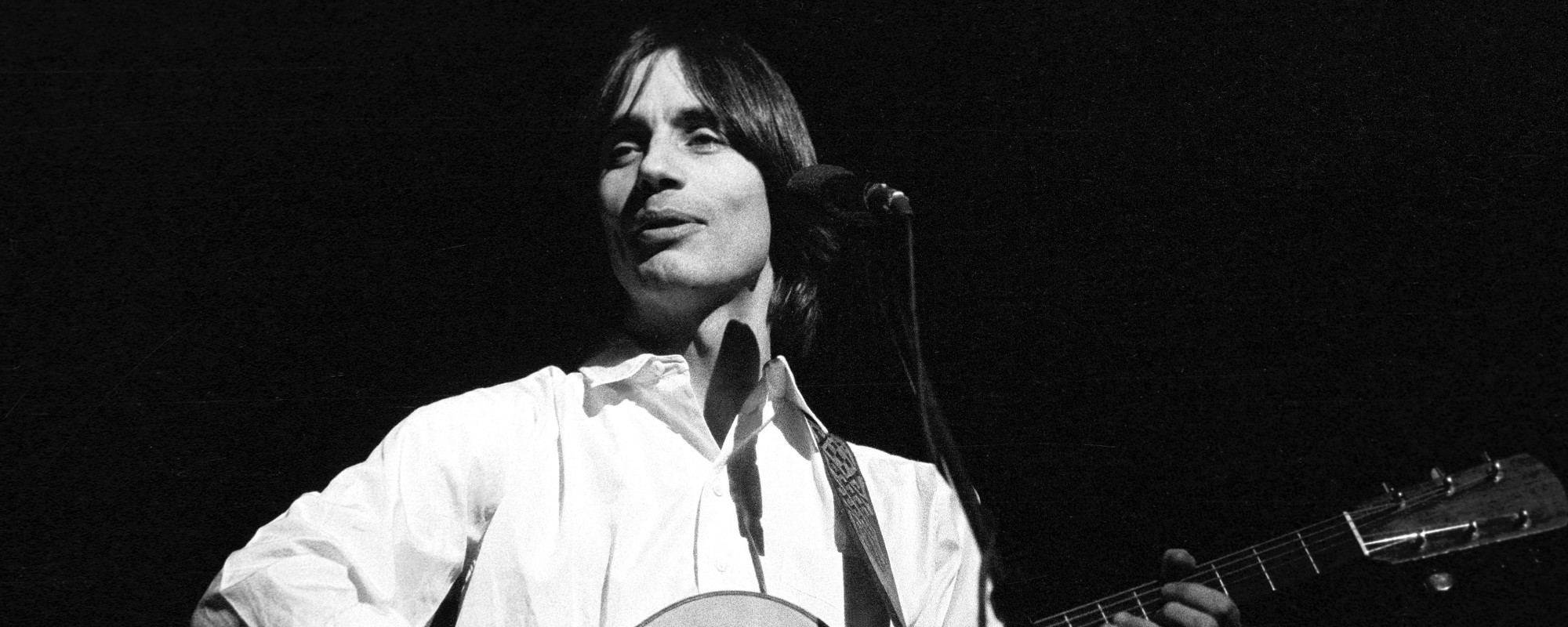Throughout the 1980s, many fans and critics longed for Jackson Browne to once again write about romantic complications, considering how brilliantly he’d done that in the previous decade. On the surface, Browne seemed to capitulate to those demands with his 1993 album I’m Alive.
Videos by American Songwriter
But Browne wasn’t doing the album as fan service. After undergoing the breakdown of a long relationship, he found he couldn’t write about anything else. Here’s a look back at I’m Alive, both what went into its making and how its legacy as an artistic statement happens stands today.
Alive and Mourning
Jackson Browne detailed and dissected the ups and downs of love better than any other songwriter of his era. It’s part of what made his music so beloved. He possesses a knack for finding in his own romantic trials and tribulations common ground that his listeners had covered in their own lives.
But as the ’80s progressed, Browne focused less and less on personal matters, instead looking outward at the state of the world. Some fans and critics got off the bandwagon for albums like Lives in the Balance and World in Motion (unfairly, as it turns out, because these records hold up better than you might remember).
Browne later stated in interviews the reason he had stopped writing about his own relationships was because he had found a stable one with actress Daryl Hannah. The pair were together as a couple for about a decade before things unraveled, and they separated in 1992.
Because these were two well-known celebrities, it’s perhaps not surprising that tabloid journalists replete with scandalous stories (none of which were ever substantiated) pounced on the breakup. When Browne released I’m Alive, chock-full of songs about a dying affair, folks quickly connected the dots to what had gone in his personal life.
The cover of I’m Alive finds Browne literally keeping his head above water, the perfect metaphor for his status at the time. Making the record with co-producers Don Was and Scott Thurston and largely returning to the acoustic guitar-piano foundation of his ’70s classics, he received some of his best notices in years once it was released.
Revisiting the Music of I’m Alive
A return to form isn’t quite the right phrase for I’m Alive, because, again, most artists would kill for the quality of those ’80s records. Perhaps back in his wheelhouse is more apropos. There’s a certain comfort level Browne displays on these songs that had maybe been missing a bit. His ability to be evenhanded rather than one-sided, clear-eyed instead of overwrought, eloquent instead of florid, is wonderfully intact here.
Even in his ’70s heyday, Browne never devoted every song on an album to relationship issues, which is what he does here. As a result, I’m Alive almost plays out as a theme record, one where you can find the narrator navigating the aftermath of his relationship with just about every emotion possible accompanying him on his journey.
I’m Alive is bookended by songs (the title track and “All Good Things”) that take the breakup with a degree of equanimity. In between are bits of gallows humor (“My Problem Is You”), friendly advice (“Take This Rain”), icy accusation (“Too Many Angels”), and devastating introspection (“Two of Me, Two of You”).
The album peaks with “Sky Blue and Black,” an epic, verbose journey through the detritus of a spent relationship that would have slotted in perfectly on Late for the Sky. Sometimes, the phrase I’m Alive is followed by “and well.” Jackson Browne wasn’t ready to go that far in describing his personal life. But artistically, he’s absolutely soaring on this record.
Photo by Tim Mosenfelder/Getty Images













Leave a Reply
Only members can comment. Become a member. Already a member? Log in.